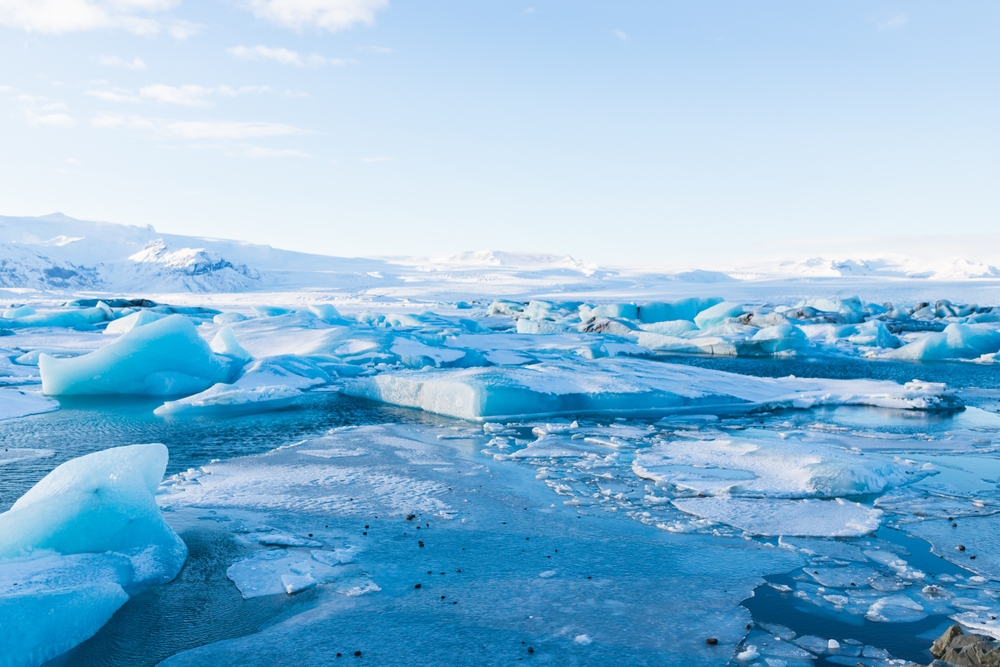These eruptions may not break through to the surface but can still cause serious effects.
Others are reading now
Climate change is reshaping the world in unexpected ways.
While rising sea levels and extreme weather are visible impacts, other consequences are less obvious but no less significant.
One such hidden danger involves the interaction between melting ice and geological activity, with scientists now warning of a potential link to volcanic eruptions beneath Antarctica.
Also read
100 Concealed Vulcanoes
Beneath the continent’s vast ice sheet lie more than 100 volcanoes, most concealed under layers of ice, particularly along the western coast.
New research suggests that as global warming drives ice loss, the pressure on the rock below diminishes.
This reduction allows magma trapped beneath the surface to expand, according to Digi24.
Scientists used thousands of computer simulations to investigate how this change could influence magma chambers hidden beneath the ice.
The weight of the ice sheet acts as a lid, keeping volcanic activity under control.
When the ice melts, gases trapped within the magma are released, creating pressure inside the magma chambers.
This process raises the possibility of eruptions occurring under the ice.
These eruptions may not break through to the surface but can still cause serious effects.
The heat produced by subglacial volcanic activity could quicken the pace of ice loss, destabilizing the ice sheet further.
This forms a cycle: as the ice melts, volcanic activity increases, producing more heat that accelerates ice melt.
Scientists believe this process could continue for hundreds of years, even if human efforts manage to reduce greenhouse gas emissions.
Similar cycles may have occurred during the last ice age, when Antarctica’s ice was significantly thicker.
The melting of Antarctic ice is already a major contributor to rising sea levels, and volcanic activity could make the situation worse.
In 2024, Antarctic ice coverage approached record lows. If the feedback between ice melt and volcanic eruptions strengthens, it could create lasting challenges for the planet.


